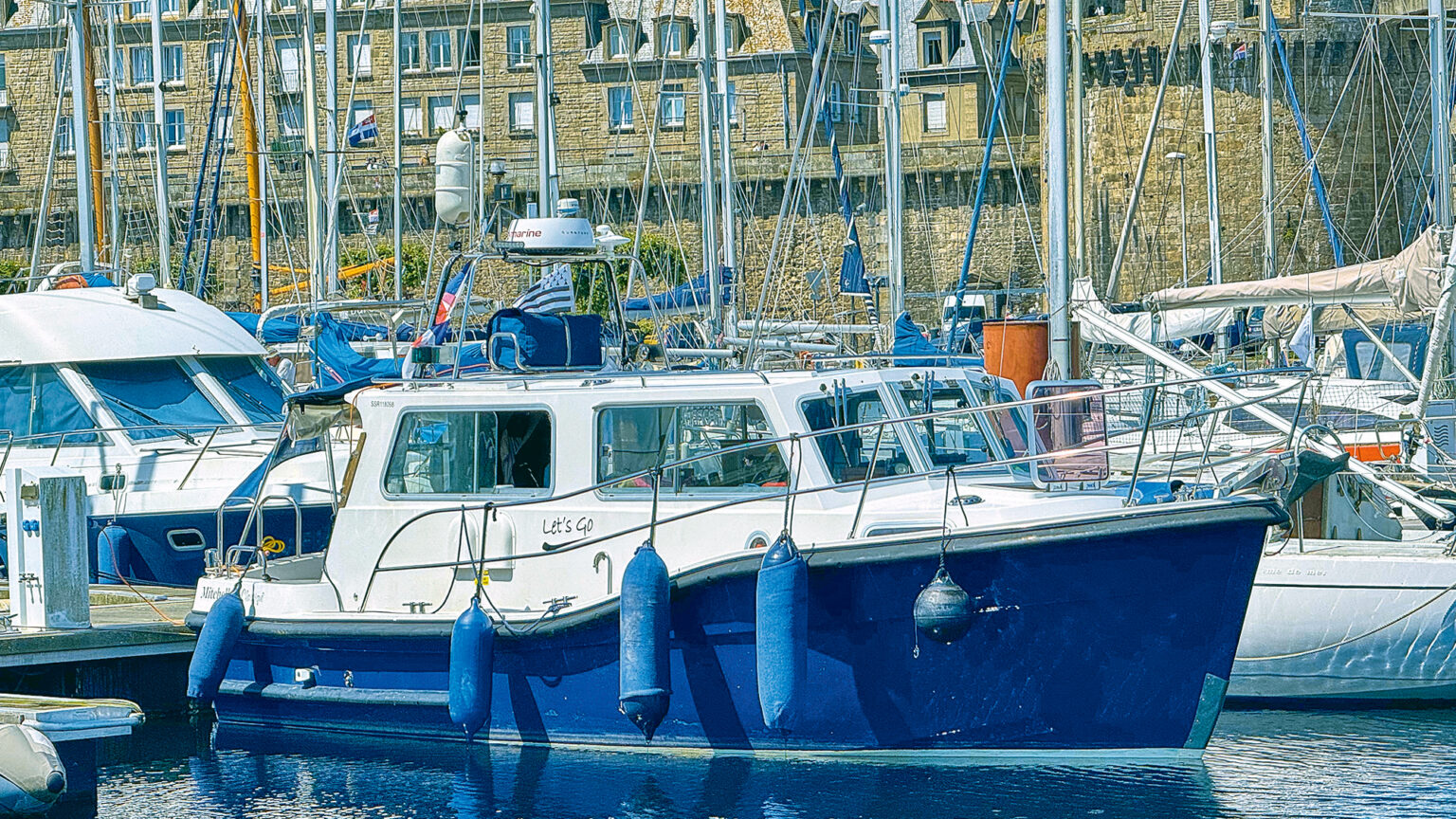Replacing a water pump can be more than just a routine maintenance task; it can be a lifesaver on your boat. This article discusses the importance of maintaining your boat’s water systems, as learned from an experience involving a black water pump that nearly led to disaster during a cruising holiday.
The Background: A Boating Journey
Setting off on a splendid week-long trip up a picturesque river may seem idyllic, but it can present unexpected challenges. One such venture was made into the heart of St Malo, where the choice of marina was driven by its essential facilities, including a black water pump-out station.
As the journey commenced, the on-board tank filled up without the means to empty it, raising concerns about whether the pump was operational. Although the motor whirred, nothing was happening. This suggests possible issues such as an air leak or a disintegrated impeller in the pump.
The Need for Maintenance
Many boaters might overlook the necessity of regular equipment checks, assuming everything functions until it fails. However, just as a sailor needs to understand the winds and weather, it’s crucial for boat owners to maintain their vessels efficiently, safeguarding against potential mishaps. Let’s explore some considerations that could prevent a similar situation from unfolding.
Steps to Identify and Replace a Black Water Pump
When faced with a malfunctioning pump, here’s a step-by-step guide to understanding the process, assuring that a trouble-free voyage awaits:
Initial Assessment
Upon discovering the issue, a conversation with the sanitation professionals can provide leads. Instead of merely replacing an impeller, it could be wiser to invest in a new pump that fits your needs. Jabsco offers various macerator pumps that are useful, although some newer models contain features that help avoid dry running— critical in preventing further complications down the line.
Preparation for Replacement
Equipping oneself with personal protective gear—such as gloves, glasses, and work clothes—is essential while servicing the pump. It’s often a messy affair, so it’s advisable to have rags and a container of hot water nearby to ensure cleanliness throughout the process.
The Installation Process
Upon ensuring the seacock is closed, the disassembly of the old pump can commence. It’s important to retain hose clips and carefully remove the pump to avoid damaging any surrounding components. Once the pump is out, the new one can be positioned correctly.
Key Installation Details
- Ensure Proper Connections: If the tubing size does not match, be prepared to use an adapter to secure a right fit.
- Weight Management: The placement of the new pump should be anchored properly to alleviate vibrations, making sure it’s secure with appropriate screws.
- Electrical Connections: These should be straightforward, using reliable crimp connectors and checking for any leaks after installation.
Importance of Inspection
After installation, running a check on the old pump is vital to understand what went wrong. Upon inspection, issues like corrosion can lead to pump failure and, consequently, the risk of sinking if not addressed properly. Older models with corroded connectors may need more frequent checks to avoid similar incidents.
The Consequences of Neglect
Had the pump not been replaced when it was, the risks could have escalated dramatically. A minor air leak could easily escalate into a major water intrusion if not addressed, particularly if encountering rough waters. This lesson underscores the importance of meticulously maintaining all components on a boat.
Conclusion: Lessons Learned
Although working on the water pump can be a hassle, as seen, it is critical for preventing future calamities at sea. Ensuring all systems are operational, including having ample knowledge of local facilities, can mean the difference between an enjoyable sailing experience and dealing with a watery disaster.
Takeaway for Boat Owners
A well-maintained vessel not only enhances performance but also contributes to overall safety. Regular checks of equipment, especially components like pumps, can keep you buoyant, whether it’s fishing on a lake or sailing in the ocean. Platforms like GetBoat.com facilitate not just boat rentals but also provide insights into the best practices for keeping your vessel in tip-top shape.
Renting a boat ensures that each inlet and bay makes for an unforgettable journey, complementing local cuisine and architecture encountered along the way. When planning your next seaside adventure, consider boat rentals to unveil the hidden gems of any coastal region, as every inlet tells a unique story much like the diverse cultural experiences you’ll engage with. Explore options at GetBoat.com.
In essence, staying informed about and maintaining the essential systems on board is vital. With proper care and attention to detail, boaters can navigate with confidence, savoring every moment spent on the water.

 Αντικατάσταση νέας αντλίας νερού: Ένα μάθημα ασφάλειας">
Αντικατάσταση νέας αντλίας νερού: Ένα μάθημα ασφάλειας">
